Home>Kitchen & Cooking>Kitchen Gadgets & Utensils>How To Clean A Kettle Without Vinegar
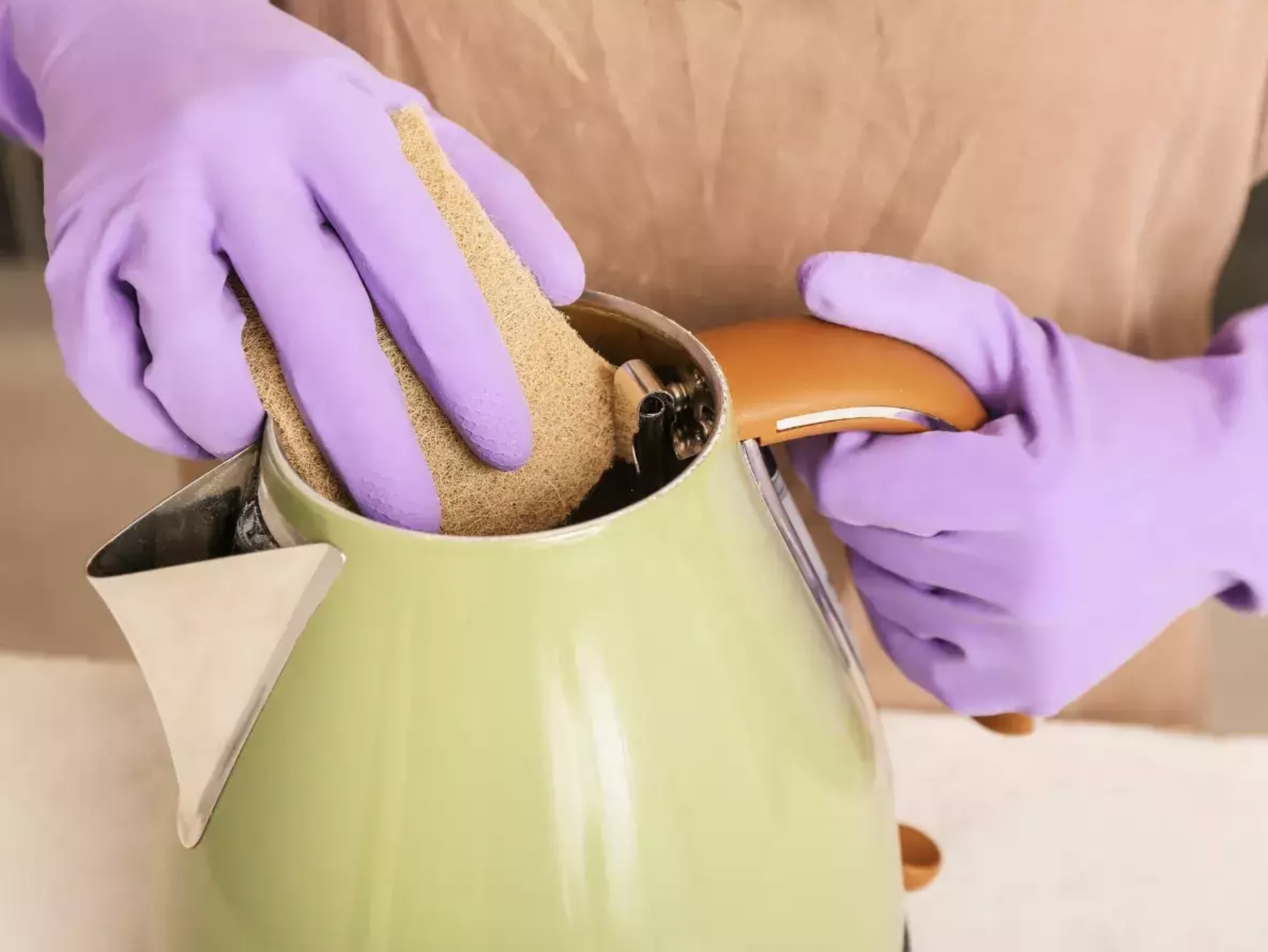

Kitchen Gadgets & Utensils
How To Clean A Kettle Without Vinegar
Published: January 21, 2024
Discover effective ways to clean your kettle without using vinegar. Keep your kitchen gadgets and utensils sparkling clean with these simple tips.
(Many of the links in this article redirect to a specific reviewed product. Your purchase of these products through affiliate links helps to generate commission for Storables.com, at no extra cost. Learn more)
Introduction
Cleaning a kettle is an essential task to maintain its efficiency and extend its lifespan. While vinegar is a popular choice for this purpose, it may not be suitable for everyone due to its strong odor or potential to damage certain types of kettles. Fortunately, there are alternative methods that are just as effective and easy to use. In this article, we will explore several natural and gentle ways to clean a kettle without using vinegar. These methods are not only safe for various types of kettles but also environmentally friendly, making them a great choice for anyone looking to maintain a clean and limescale-free kettle without the use of harsh chemicals. Whether you prefer the simplicity of using baking soda, the refreshing scent of lemon juice, or the mild acidity of cream of tartar, there is a method that will suit your preferences and leave your kettle sparkling clean. Let's delve into these natural cleaning techniques and discover how easy it is to keep your kettle in pristine condition without the need for vinegar.
Key Takeaways:
- Say goodbye to vinegar and hello to natural cleaning methods for your kettle! Baking soda, lemon juice, and cream of tartar offer gentle yet effective ways to keep your kettle clean and odor-free without harsh chemicals.
- Keep your kettle sparkling and eco-friendly with vinegar-free cleaning. From baking soda to lemon juice, these natural methods are safe, effective, and leave your kettle smelling fresh and ready for everyday use.
Read more: How To Clean A Kettle With White Vinegar
Boiling Water and Baking Soda Method
The combination of boiling water and baking soda offers a simple yet effective way to clean a kettle without vinegar. Here’s how to do it:
- Prepare the Solution: Start by filling the kettle with water, ensuring that it is no more than three-quarters full to allow room for the boiling process. Then, bring the water to a boil.
- Add Baking Soda: Once the water reaches a rolling boil, carefully remove the kettle from the heat source and add a tablespoon of baking soda for every cup of water in the kettle. Stir the mixture gently to ensure that the baking soda dissolves completely.
- Let It Sit: After adding the baking soda, allow the solution to sit in the kettle for at least 20 minutes. This gives the natural cleansing properties of baking soda time to work on any limescale or mineral deposits inside the kettle.
- Rinse Thoroughly: After the waiting period, pour out the solution and rinse the kettle thoroughly with clean water. It’s important to rinse the kettle several times to ensure that all traces of baking soda are removed.
- Dry and Polish: Once the kettle has been rinsed, dry it with a clean cloth and polish the exterior to restore its shine.
This method is gentle yet effective, making it suitable for stainless steel, glass, and other types of kettles. The mild abrasive nature of baking soda helps to remove stubborn stains and mineral buildup without causing any damage to the kettle’s surface. Plus, it leaves the interior of the kettle clean and odor-free, ready for your next use.
Lemon Juice and Water Method
If you prefer a natural cleaning method that leaves your kettle with a fresh, citrusy scent, the combination of lemon juice and water is an excellent alternative to vinegar. Here’s how to use this method:
- Prepare the Solution: Begin by filling the kettle with water, ensuring it is no more than three-quarters full, and add a few slices of fresh lemon or 3-4 tablespoons of lemon juice. The natural acidity of the lemon helps to break down limescale and mineral deposits.
- Boil the Solution: Place the kettle on the stove and bring the lemon water to a boil. Allow it to boil for 15-20 minutes to ensure thorough cleaning.
- Let It Sit: After boiling, turn off the heat and let the lemon water sit in the kettle for an additional 15-20 minutes to maximize its cleaning effects.
- Rinse and Wipe: Pour out the lemon water and rinse the kettle with clean water. Use a soft cloth or sponge to wipe the interior, removing any loosened deposits and leaving the kettle clean and fresh.
- Dry and Deodorize: After rinsing, dry the kettle with a clean cloth to prevent water spots and lingering moisture. The natural deodorizing properties of lemon will leave the kettle with a pleasant, citrus aroma.
This method not only effectively removes limescale and mineral buildup but also imparts a refreshing scent to the kettle. It is particularly suitable for those who appreciate natural cleaning solutions and enjoy the uplifting fragrance of citrus. Additionally, the mild acidity of lemon juice is safe for most kettle materials, making it a versatile and eco-friendly choice for maintaining a clean and odor-free kettle.
Mix equal parts water and lemon juice in the kettle and bring to a boil. Let it sit for 15-20 minutes, then scrub with a brush and rinse thoroughly. The citric acid in the lemon juice will help to remove any buildup.
Cream of Tartar and Water Method
For a gentle yet effective alternative to vinegar, the cream of tartar and water method offers a natural way to clean a kettle and remove limescale deposits. Here’s how to use this method:
- Create the Cleaning Solution: Begin by filling the kettle with water, ensuring it is no more than three-quarters full. Then, add 2-3 tablespoons of cream of tartar to the water. The mild acidic properties of cream of tartar make it effective in breaking down limescale and mineral deposits.
- Boil the Solution: Place the kettle on the stove and bring the cream of tartar solution to a boil. Allow it to boil for 10-15 minutes to ensure thorough cleaning.
- Let It Sit: After boiling, turn off the heat and let the cream of tartar solution sit in the kettle for an additional 15-20 minutes. This allows the natural cleaning properties of cream of tartar to work on any remaining deposits.
- Rinse and Wipe: Pour out the solution and rinse the kettle with clean water. Use a soft cloth or sponge to wipe the interior, removing any loosened deposits and leaving the kettle clean and ready for use.
- Dry and Polish: After rinsing, dry the kettle with a clean cloth and polish the exterior to restore its shine.
This method provides a gentle yet effective way to remove limescale and mineral deposits from the interior of the kettle. The natural acidic properties of cream of tartar make it a safe and eco-friendly alternative to vinegar, suitable for various types of kettles. Additionally, it leaves the kettle clean, odor-free, and ready for your next use.
Conclusion
Cleaning a kettle without vinegar is not only possible but also convenient and environmentally friendly. The methods outlined in this article offer natural and effective ways to remove limescale and mineral deposits, leaving your kettle clean, odor-free, and ready for everyday use. Whether you opt for the simplicity of the boiling water and baking soda method, the refreshing scent of the lemon juice and water method, or the mild acidity of the cream of tartar and water method, each approach provides a gentle yet thorough cleaning solution.
By utilizing common household ingredients such as baking soda, lemon juice, and cream of tartar, you can maintain a clean and limescale-free kettle without the need for harsh chemicals or strong-smelling agents like vinegar. These natural cleaning methods are not only safe for various types of kettles, including stainless steel and glass, but also contribute to a more sustainable and eco-friendly approach to household maintenance.
It’s important to note that regular cleaning and descaling of your kettle can help to prolong its lifespan and ensure that it continues to function efficiently. By incorporating these natural cleaning methods into your routine maintenance, you can enjoy the benefits of a clean, fresh-smelling kettle while avoiding the use of vinegar or other chemical-based cleaners.
Next time your kettle is in need of a refresh, consider trying one of these vinegar-free cleaning methods. Not only will you achieve a sparkling clean kettle, but you’ll also contribute to a more eco-friendly and sustainable approach to household cleaning.
Frequently Asked Questions about How To Clean A Kettle Without Vinegar
Was this page helpful?
At Storables.com, we guarantee accurate and reliable information. Our content, validated by Expert Board Contributors, is crafted following stringent Editorial Policies. We're committed to providing you with well-researched, expert-backed insights for all your informational needs.
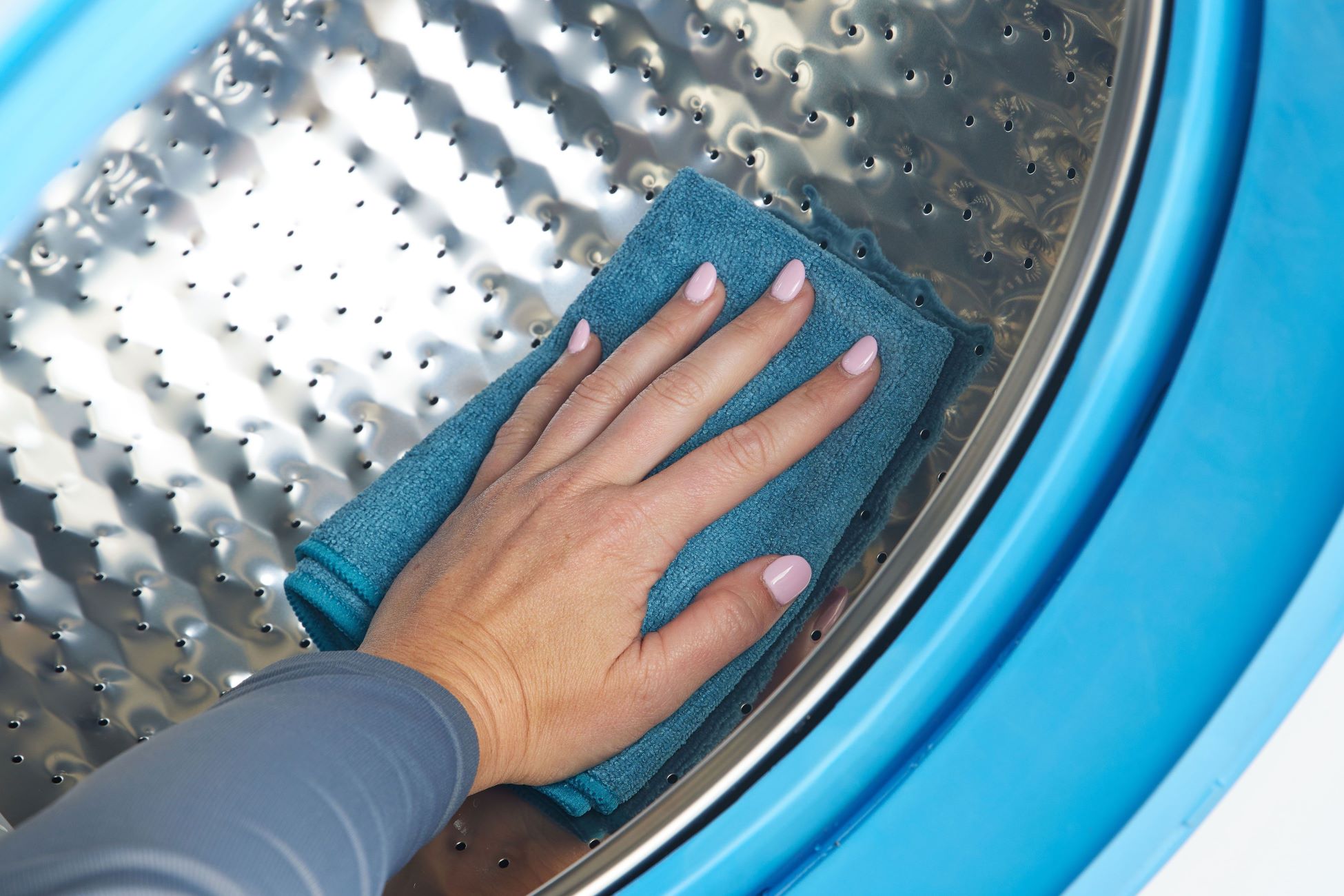
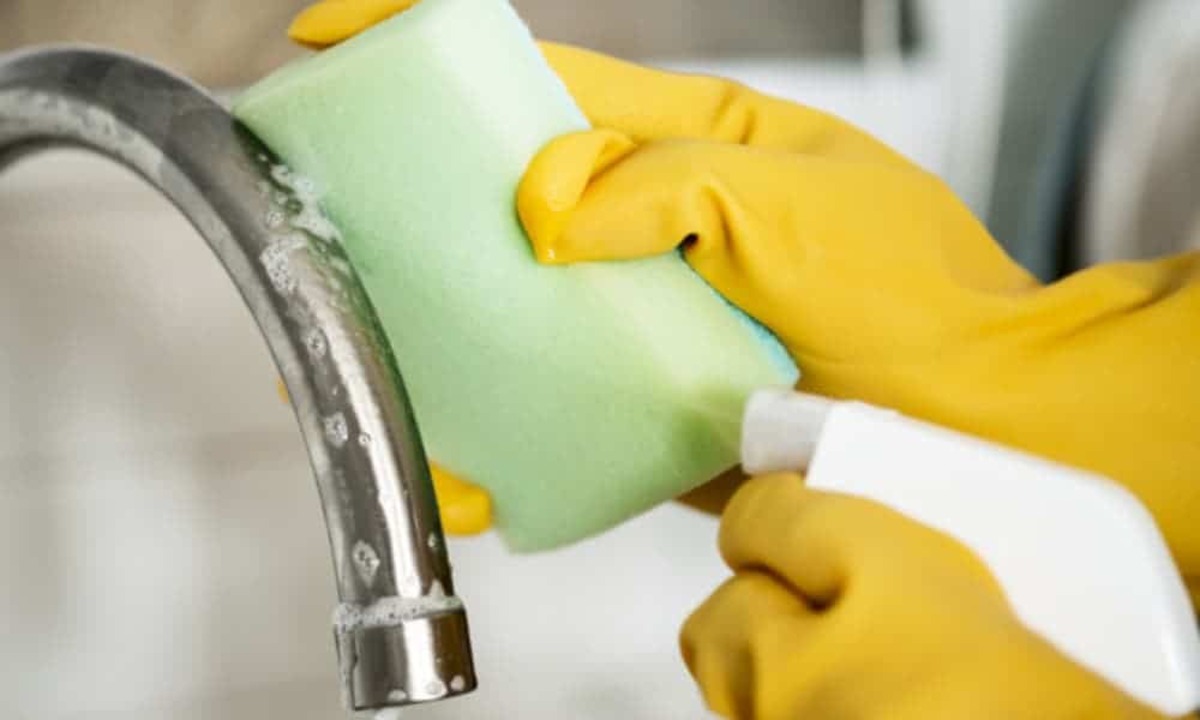
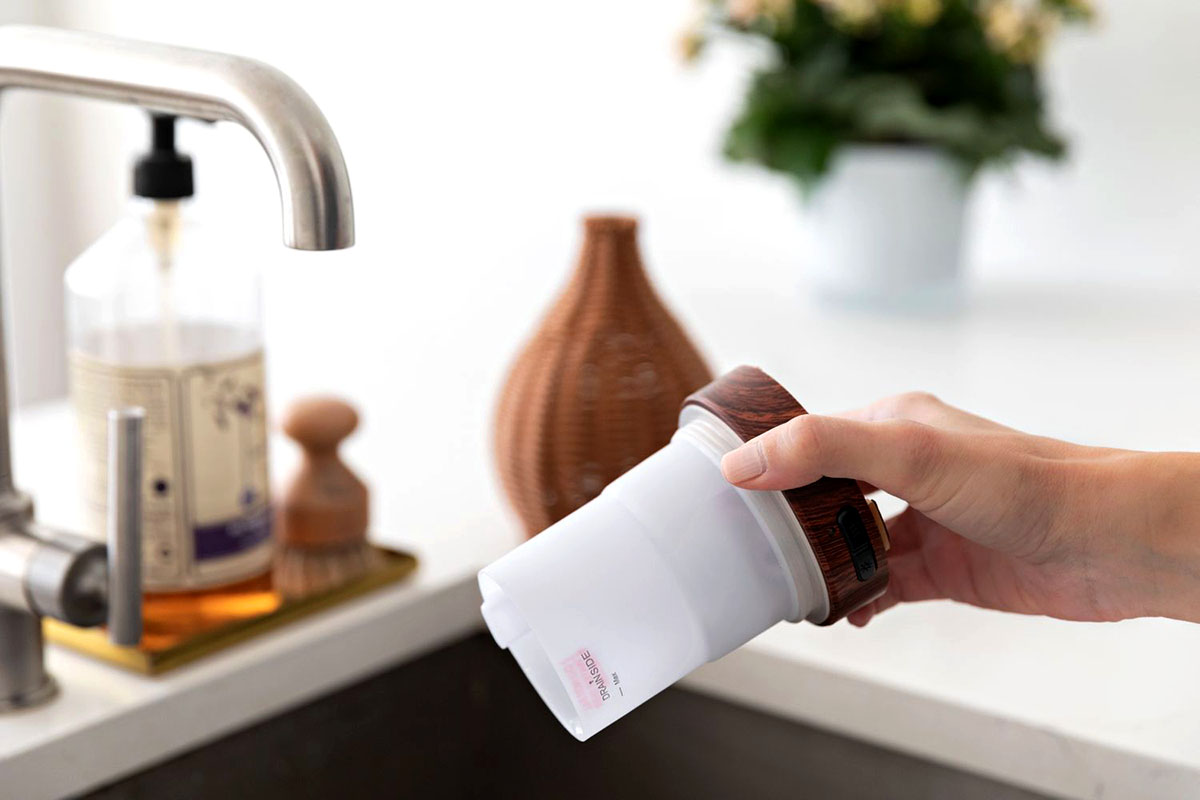
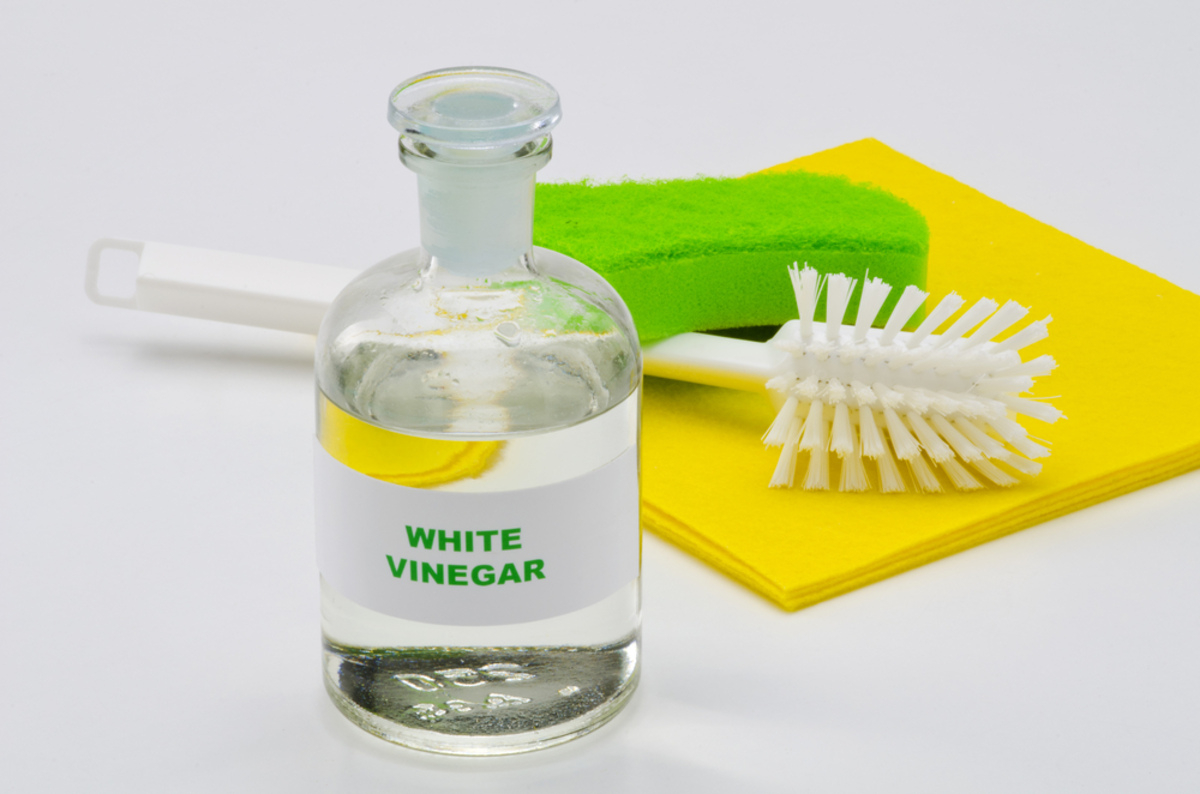
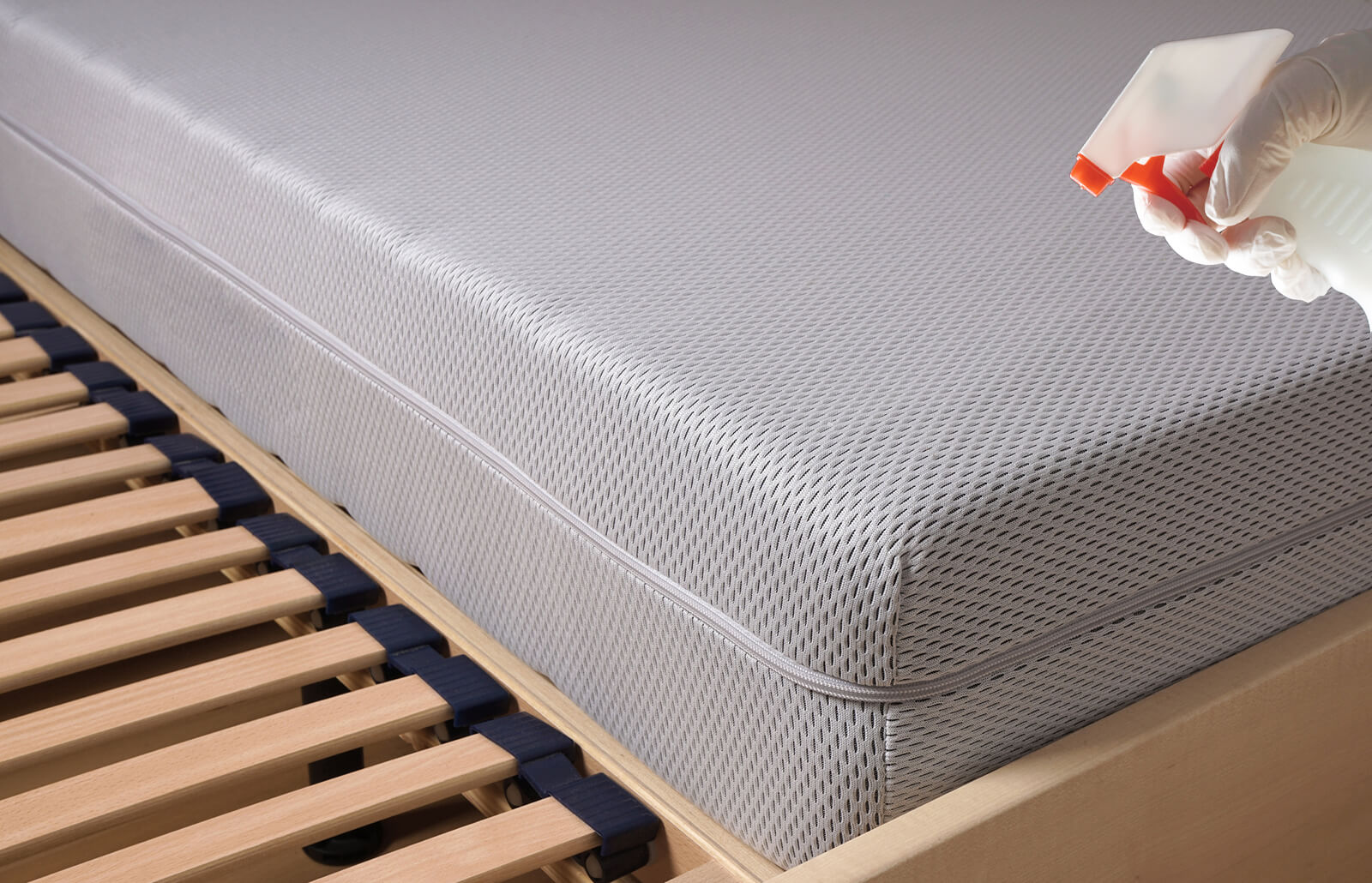
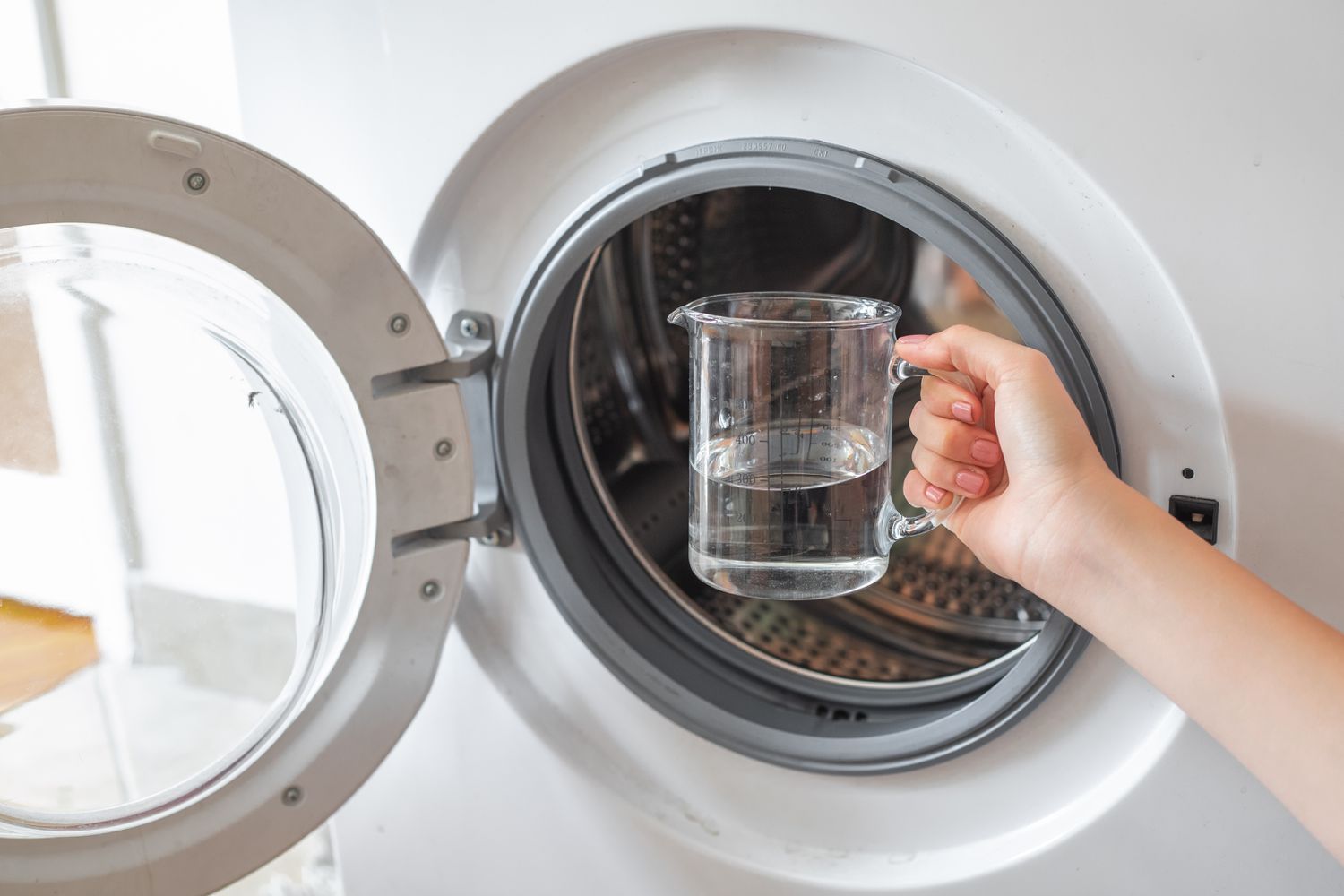
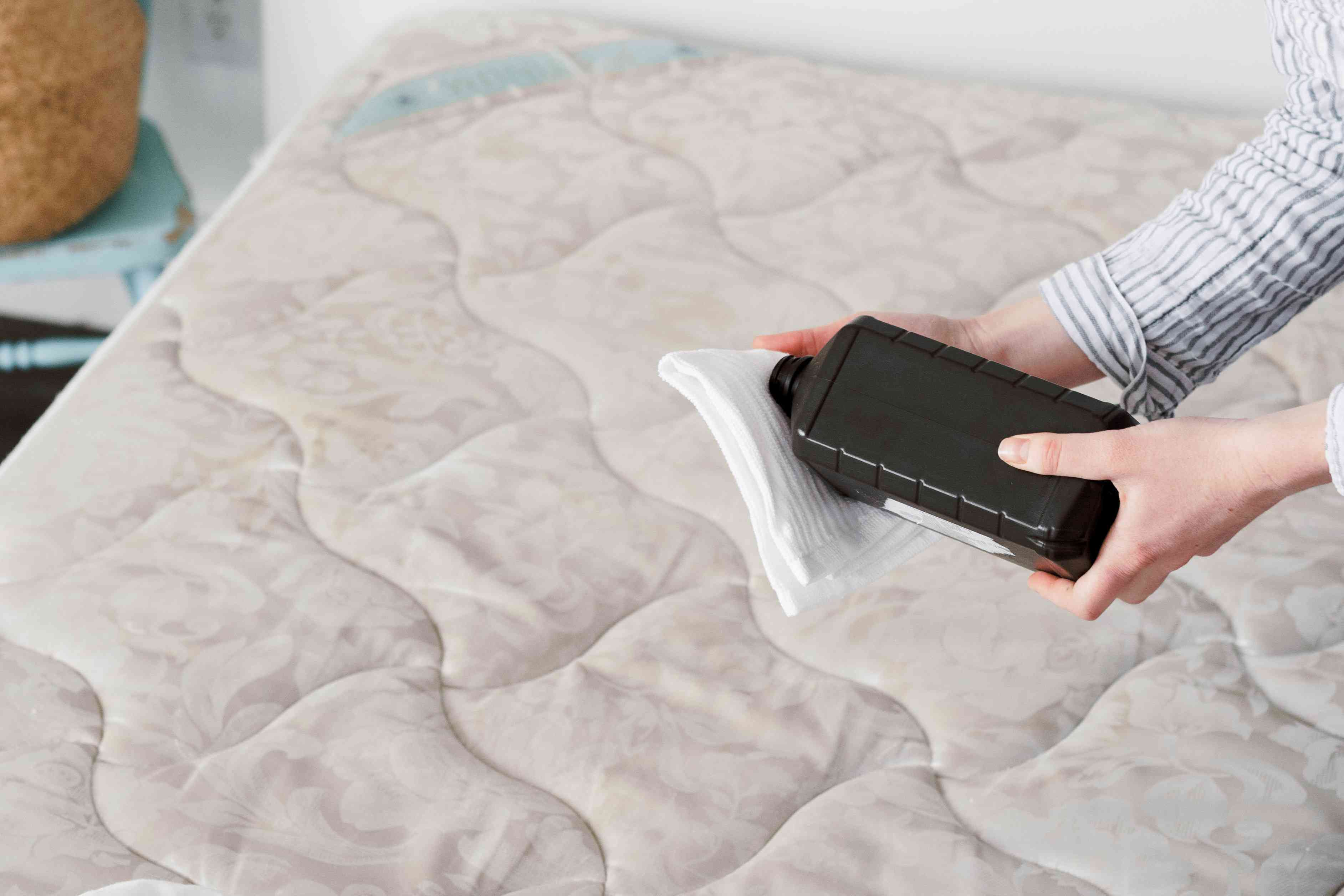
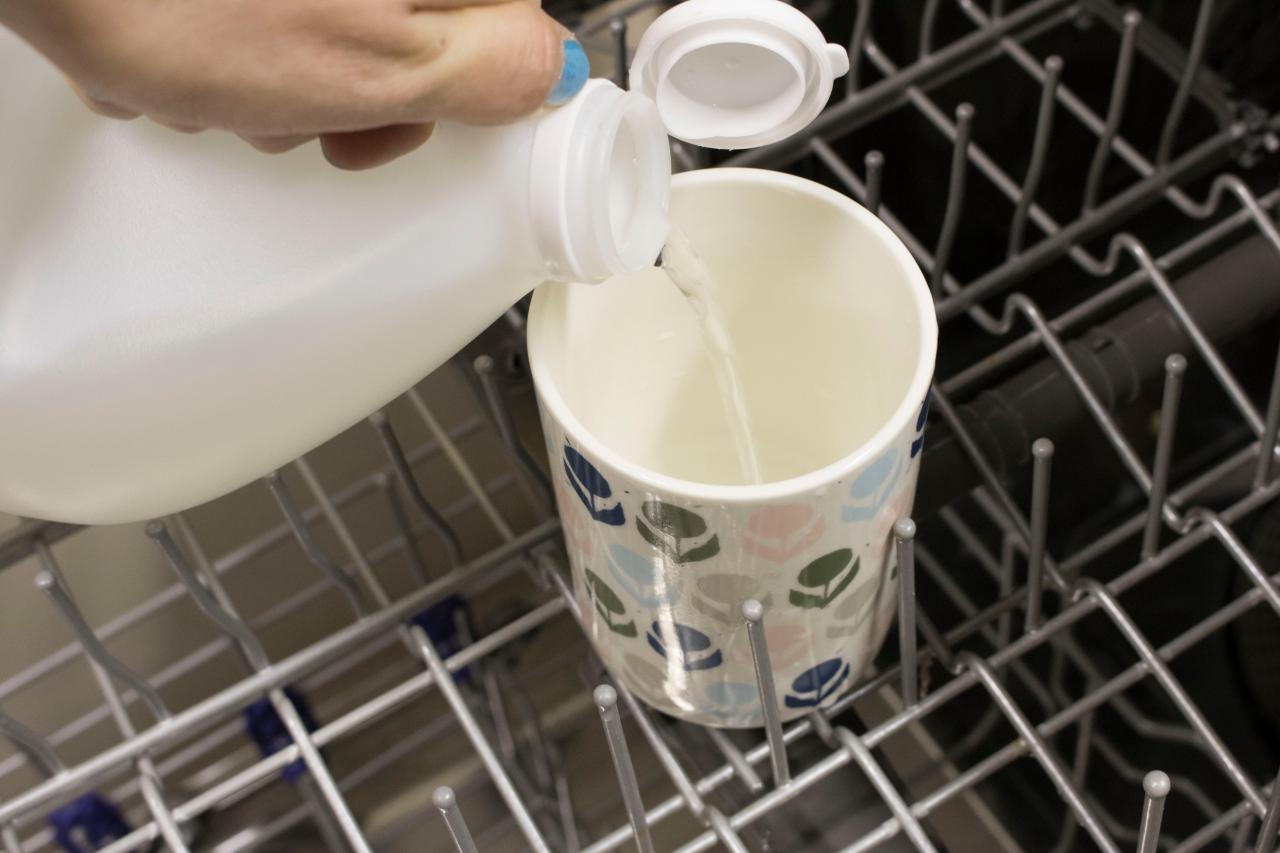
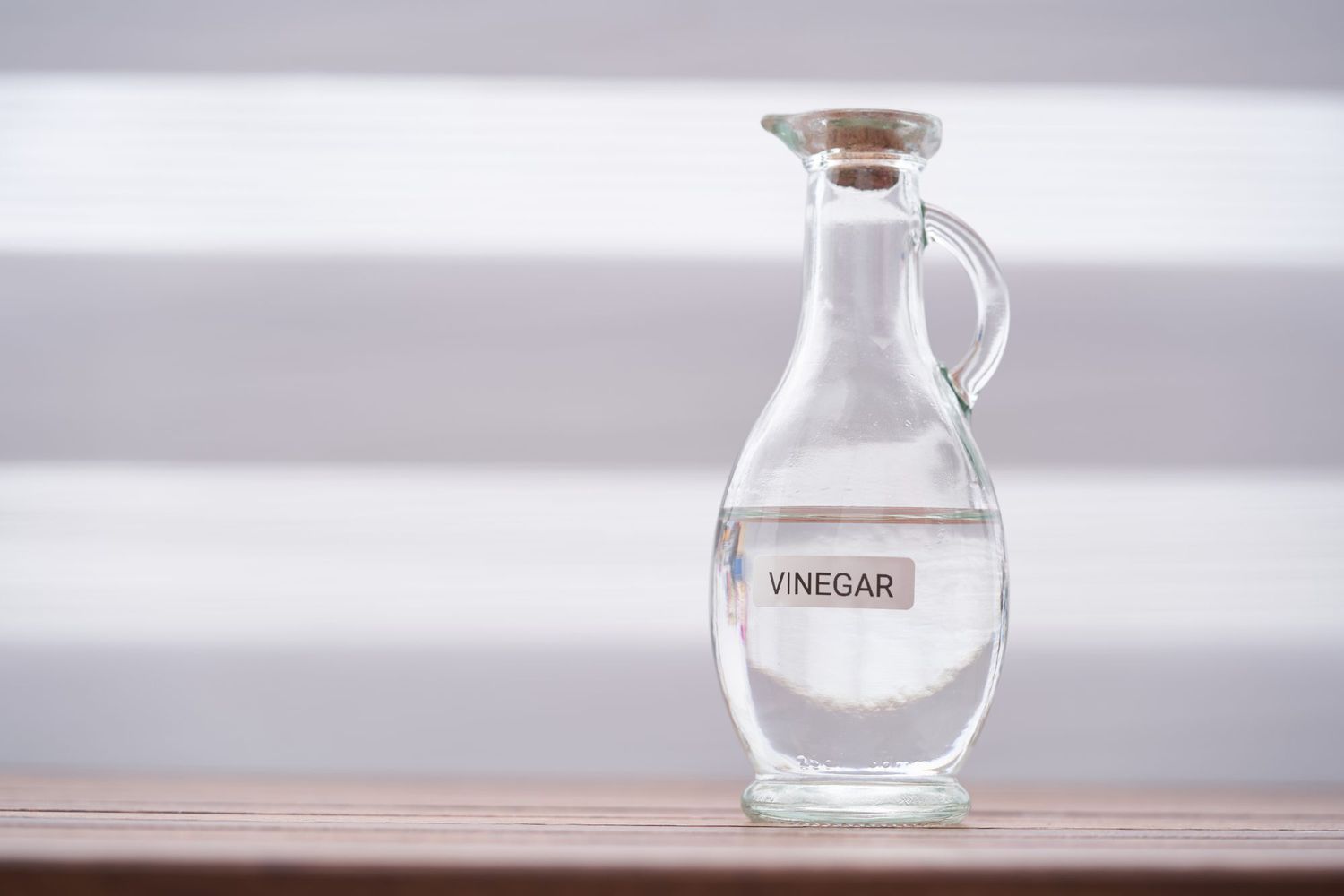
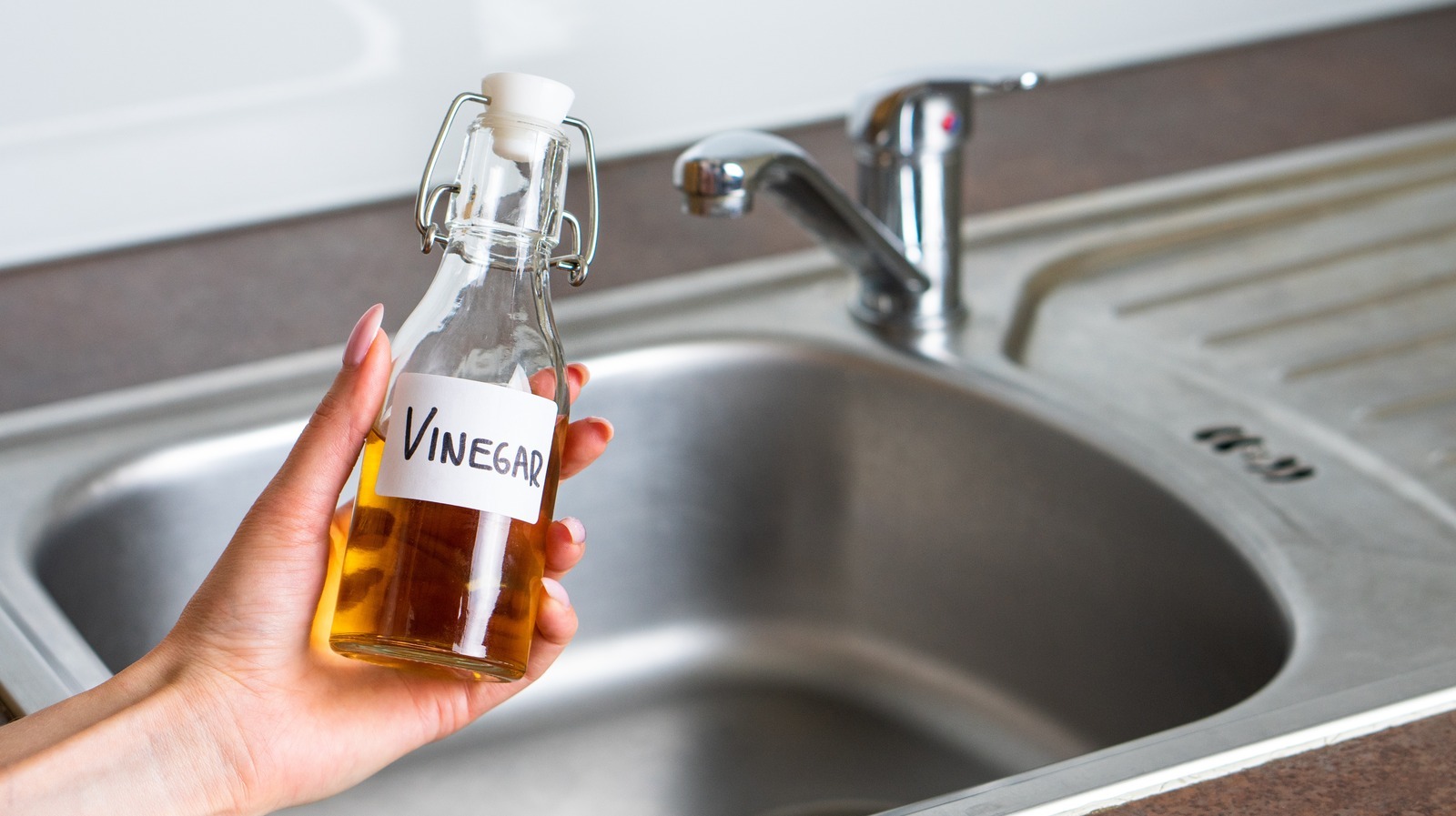
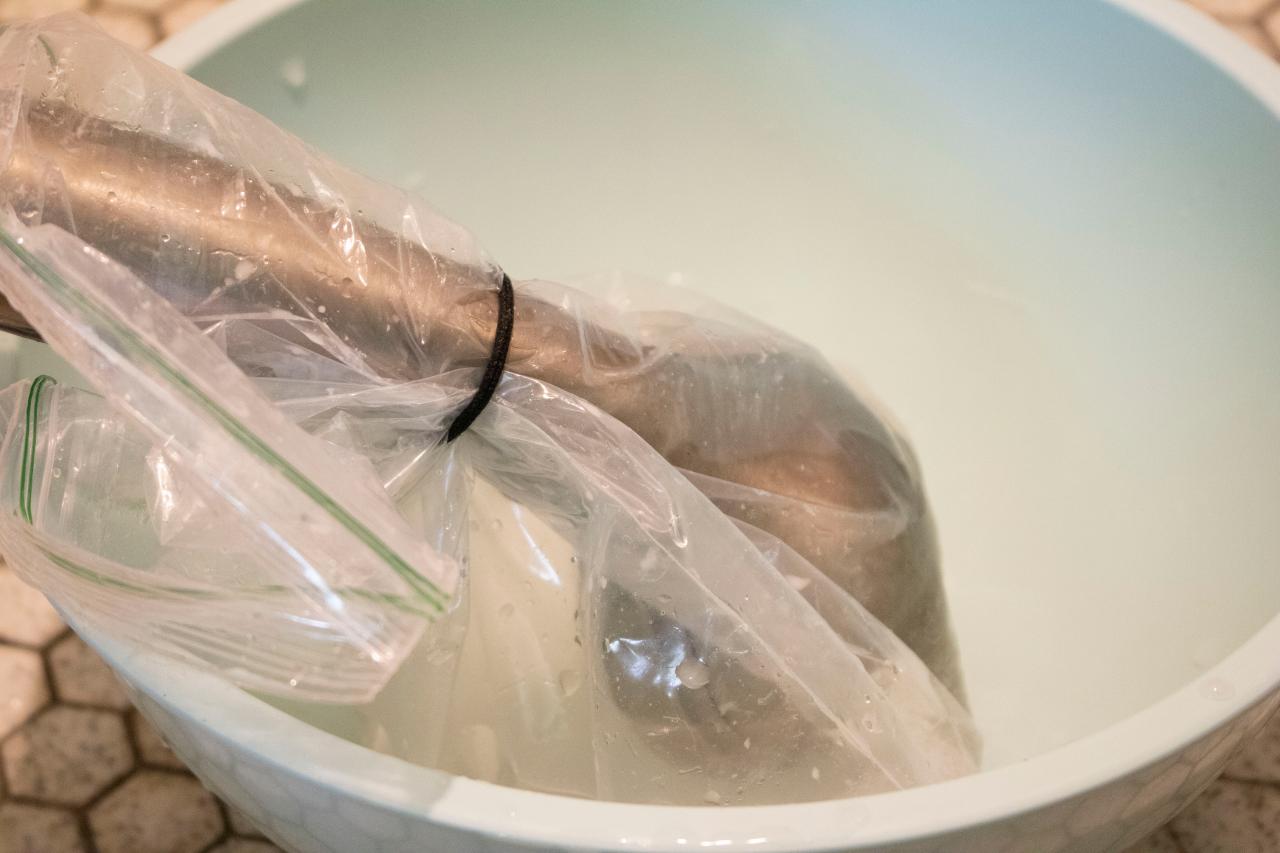
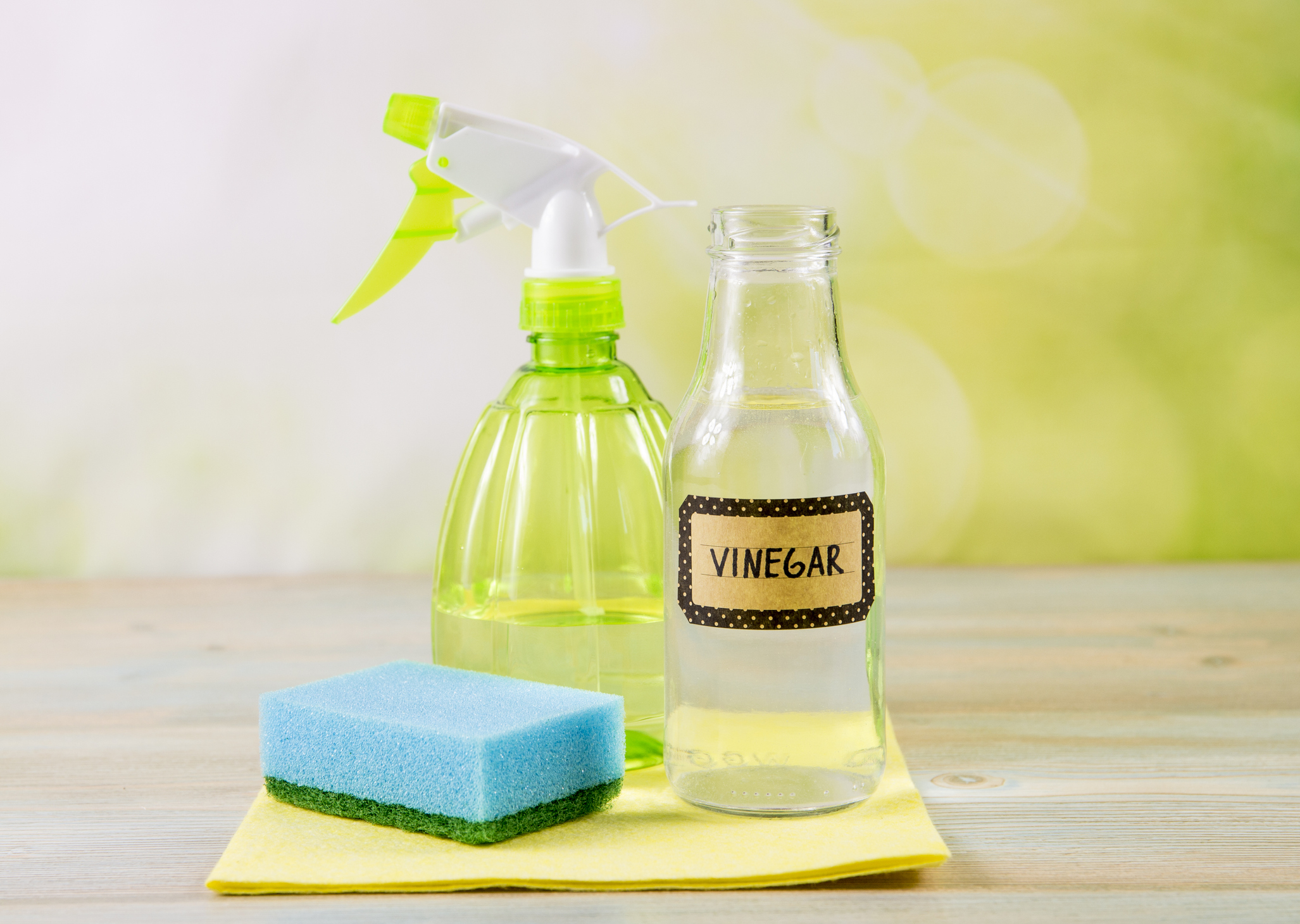
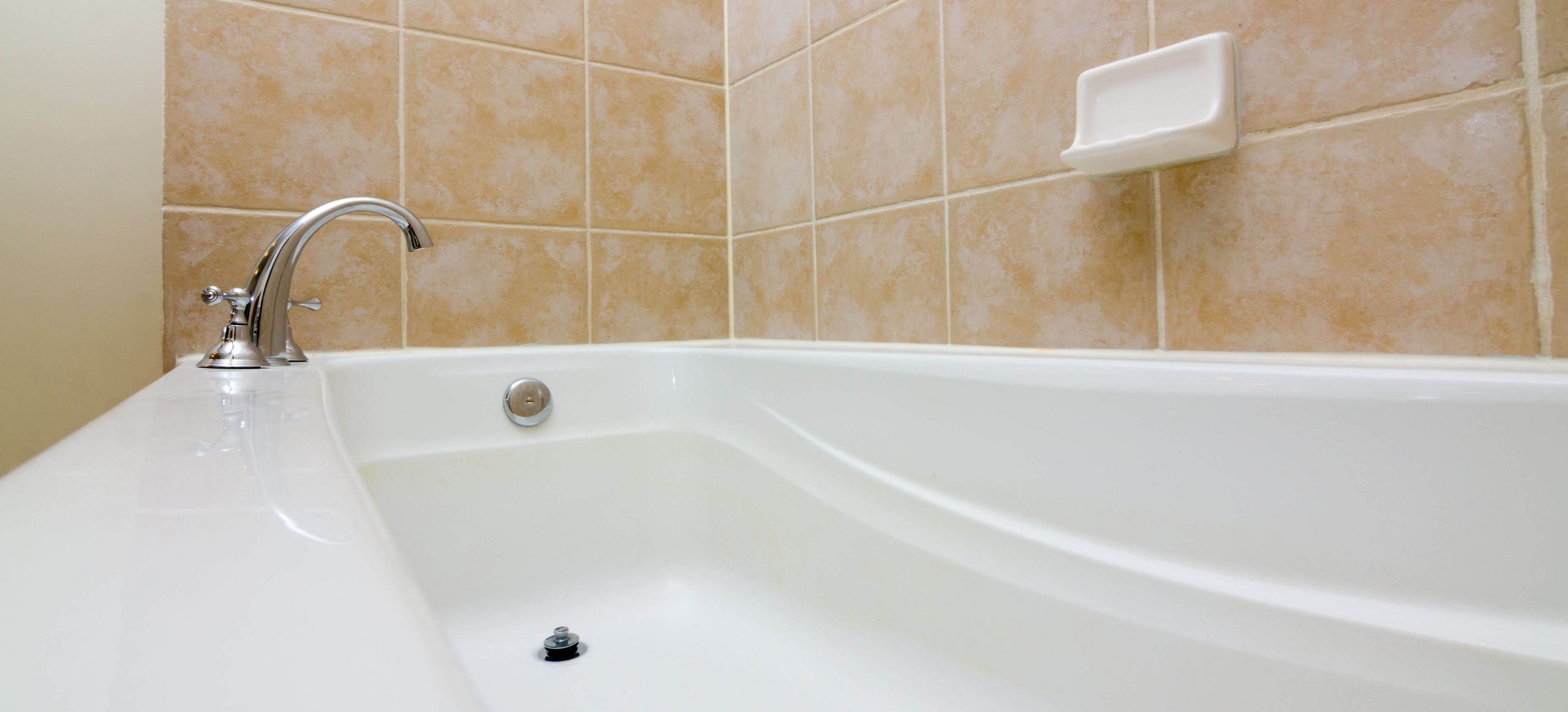
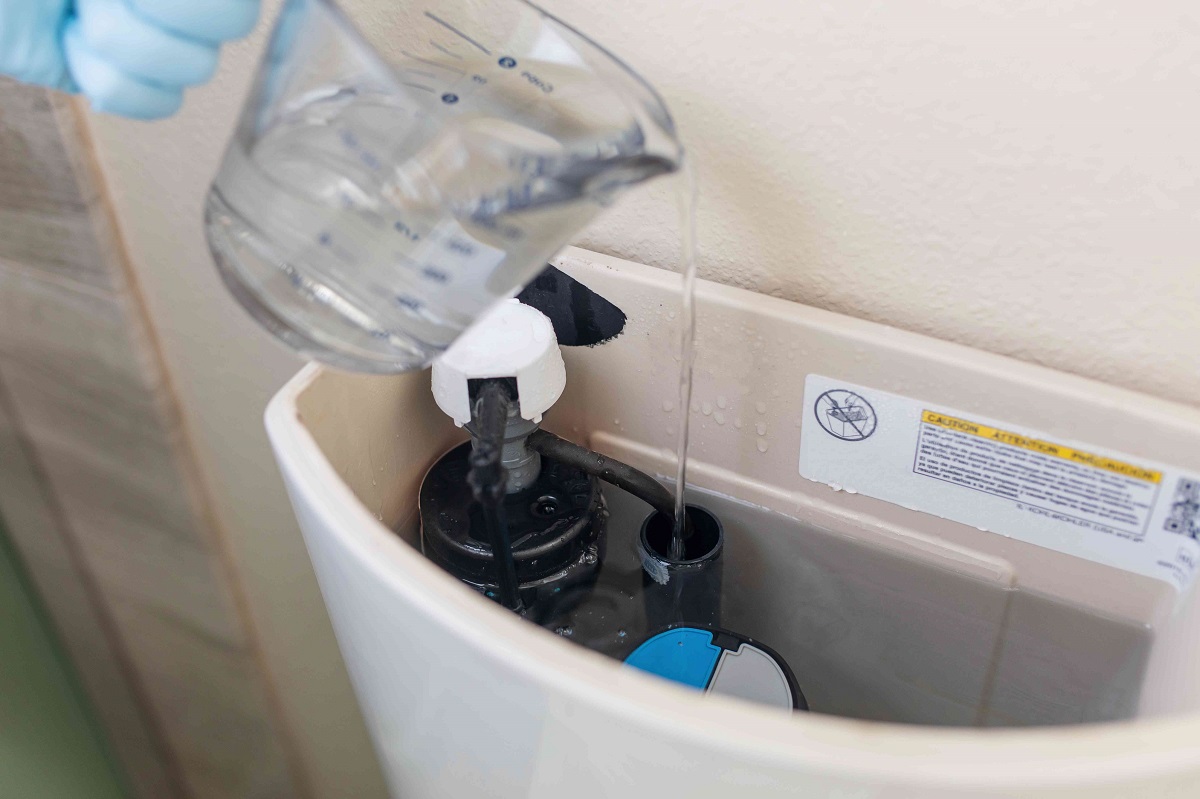
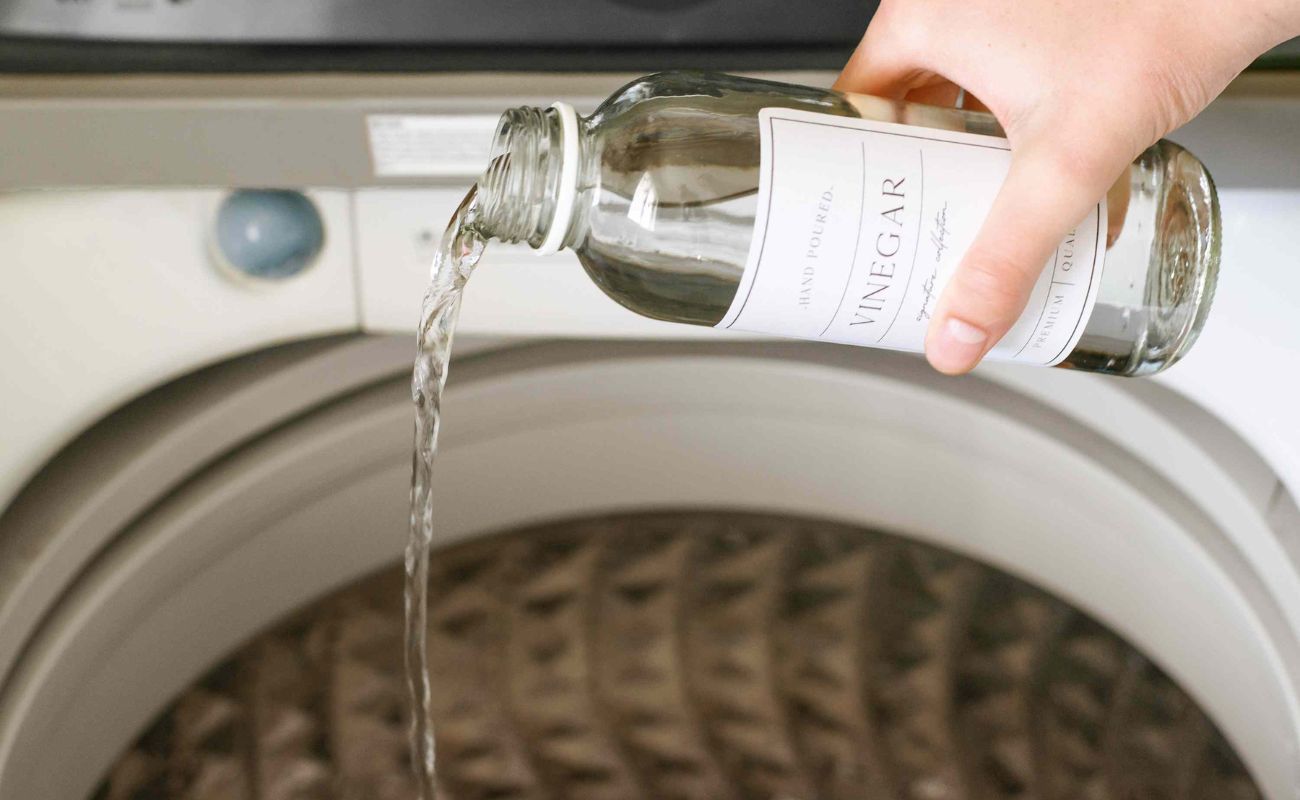

0 thoughts on “How To Clean A Kettle Without Vinegar”